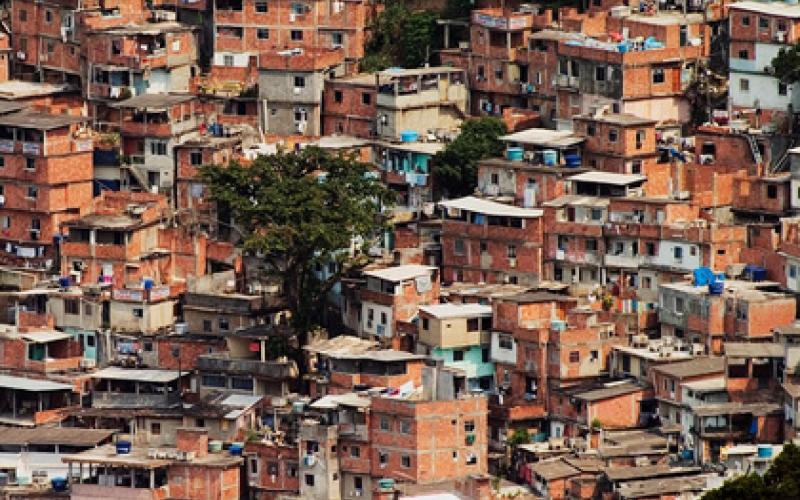Using Land Use Policy and Zoning to protect environmentally sensitive areas from informal settlements

Using Land Use Policy and Zoning to protect environmentally sensitive areas from informal settlements
Scientists examine how zoning and land use policy can protect environmentally sensitive areas at the fringe of the cities from damage by shantytowns. Political and social factors can often cause these policies to fail.
Original Paper
Adrian Guillermo Aguilar and Clemencia Santos. "Informal settlements' needs and environmental conservation in Mexico City: An unsolved challenge for land-use policy."Land Use Policy 28. Issue 4, (2011) Pages 649–662. DOI: http://dx.doi.org/10.1016/j.landusepol.2010.11.002
More than 134 million people in Latin America—almost 30% of the urban population—live in informal settlements on the edge of cities. Land use policies for informal settlements reflect social injustices, inequalities, and continuation of poverty, but also a tolerance for environmental degradation. These settlements often occur in environmentally sensitive areas that provide environmental services and that regenerate natural systems. In the outskirts of Mexico City, where population has doubled since 1950, land use policies and zoning attempt to reconcile the poor's demand for housing, water, food, and the city's need for environmental service, like protection of aquifers.
Forty-five percent of metropolitan Mexico City's population falls under jurisdiction of the Federal District. In the Federal District, individuals and families buy and subdivide communally-owned property, which is protected by national agrarian policy. Many settlements are thus privatized plots of socially-owned land. For the past few decades, the District's urban and environmental policies have not explicitly created a strategy for addressing informal settlements. Instead, policies have tolerated the illegal occupation of private and communal lands, in part because the Federal District cannot offer affordable housing or plots of lands for relocation. Instead, the Federal District has allowed land tenure regularization of informal settlements. However, this has only encouraged further increases in the number of informal settlements as individuals realize that illegal settlements will eventually lead to legal ownership. The scientists find that formalization of informal settlements is a short-term response to political pressures. Aguilar's team suggests that the Federal District's policies are an attempt to maintain political stability, attract votes, and avoid protests.
The Federal District is broken up into sixteen delegations, one of which is the Tlalpan Delegation, an area with a pilot program to address informal settlements. Unlike the Federal District as a whole, the Tlalpan delegation's government is explicitly dedicated to urban sustainability in its land use and environmental policies. Nonetheless, the local government faces several barriers to accomplishing its goal. The local district has neither the money, nor the authority to stop new developments in ecologically sensitive areas. As in the Federal District, tolerance of settlements and eventual regularization has encouraged new occupants.
Officials in the Tlalpan Delegation assess informal settlements in conservation areas for environmental, social, and legal criteria. If a settlement fails the environmental, social, and legal tests, agents decide whether it can stay in its current location or be proposed for relocation to a less environmentally sensitive area. However, settlements more than 5 years old can receive an alternate location proposal. According to the authors, this "grandfather clause" greatly affects the strategy's effectiveness, as a majority of the settlements are older than five years old. The authors suggest that, like the Federal District, this seemingly innovative pilot program prioritizes social and political factors over environmental concerns.
Aguilar and Santos recommend that land use policy needs to consider environmental, social, and political concerns. Yet the authors find many contradictions in Mexico City's land use policy; for instance, zero growth agreements prohibit city expansion, but local governments tolerate settlements at the fringes of cities. Local governments denounce the environmental impact of settlements, while also regularizing them. The scientists think that land use and environmental policies in place now have done little to prevent high rates of settlements in environmentally important areas because social and political factors have been deemed more important than environmental factors by local officials. Regularization, the authors argue, has prevented the development of innovative and integrative solutions. The authors advocate for urban policies that recognize that urban expansion occurs on environmentally sensitive lands and explicitly addresses them with programs—unlike regularization—that encourage affordable housing opportunities at higher densities in less ecologically important areas.




